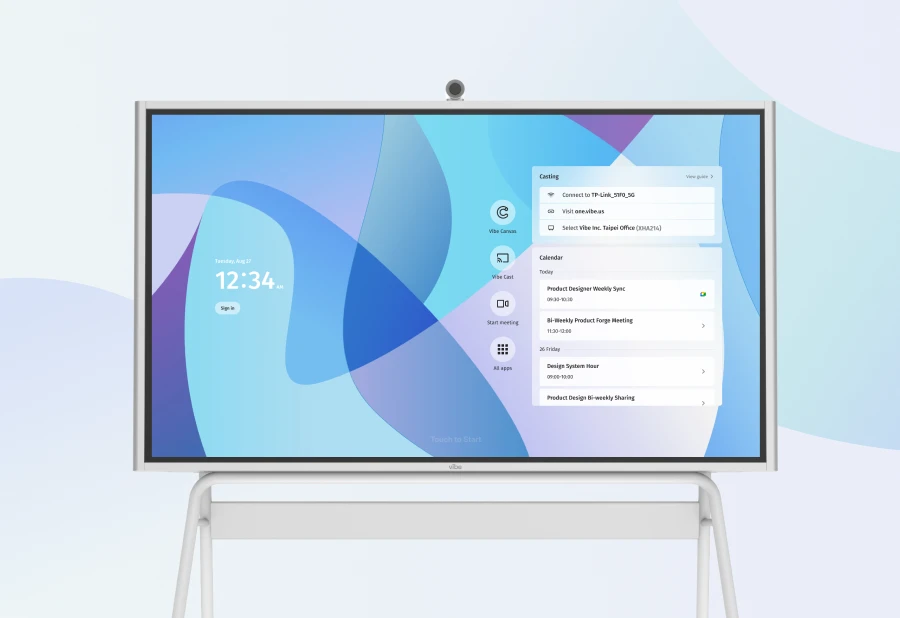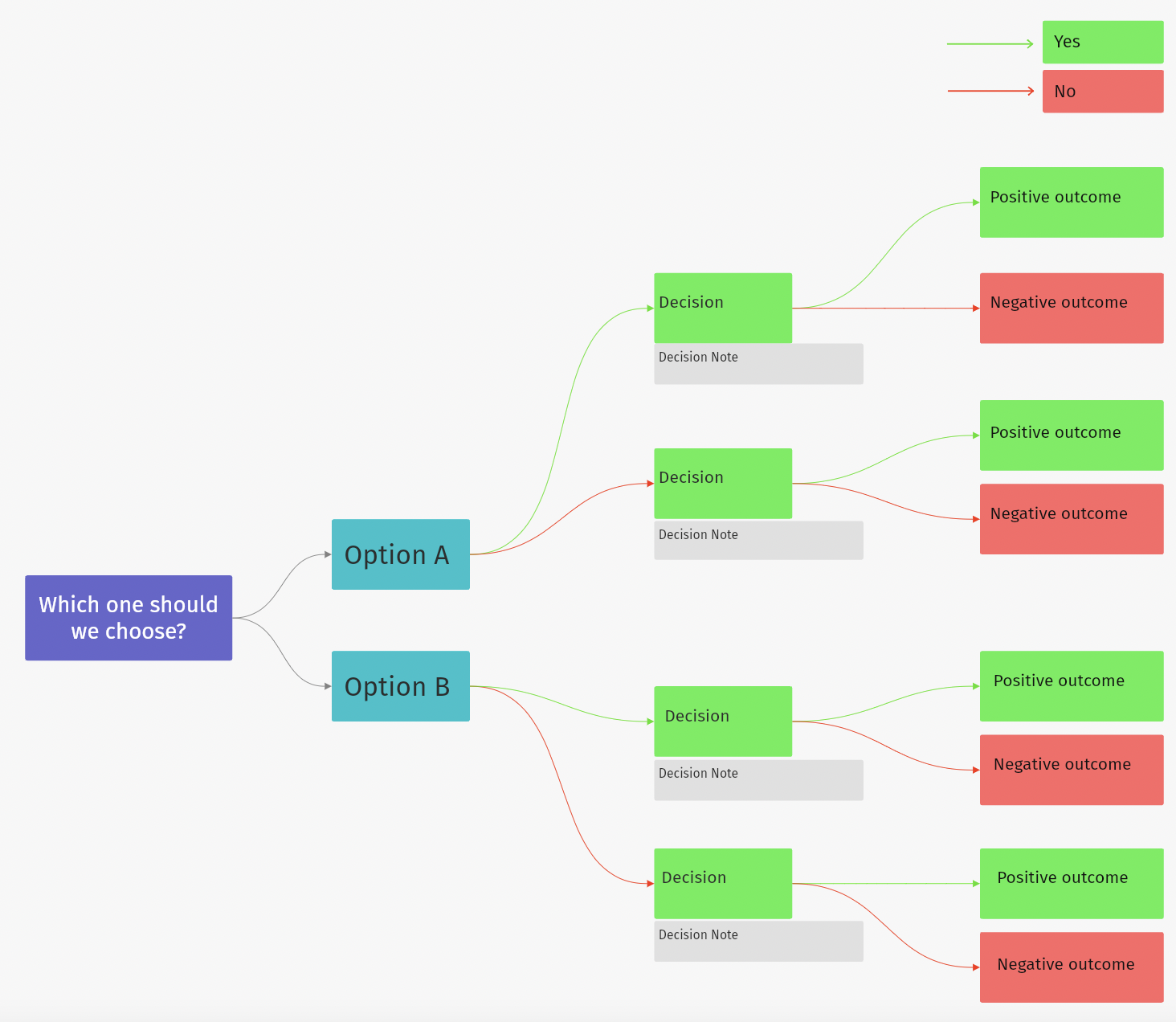Are you looking for a better product development process that can adapt to an ever-evolving competitive market and satisfy growing customer expectations? Then Agile planning could be right for you. Agile is a popular development methodology that focuses on end-user satisfaction and prioritizes project requirements based on customer feedback.
Sounds great, but not sure where to start? Don’t worry. This article will explain everything you need to know about Agile planning and determining if Agile is right for your enterprise.
What is the Agile Methodology?
The Agile methodology is a flexible, iterative process of assessing feedback quickly during the development cycle of a product or service. Through a series of sprints or iterations, team members explore different possibilities for analyzing and improving the product throughout development.
By adapting the Agile methodology into the development process, enterprises create more valuable products and services that are customer-driven and competitive.
Related: The Tool Every Tech Company Needs for Smart Product Design
What are the key points of the Agile Manifesto?
The Agile methodology came about in 2001 when a group of software developers set out to improve the traditional approach to software development. They created an Agile Manifesto that adheres to these values:
-
Individuals and interactions should determine the focus rather than tools and processes.
-
Functional software is more important than comprehensive documentation.
-
Collaboration from customers is more critical than contract negotiation.
-
The development process should always respond to change requirements instead of sticking to a deliverable plan.
The six phases of Agile planning
Agile planning relies on creating a team of cross-function skills. With diverse backgrounds and skillsets, the team can create incremental product deliverables for a manageable, phased release. Then through customer feedback, these deliverables can be assessed at regular intervals during development.
Agile planning is a continuous, cyclical process that welcomes experimentation and adaptability during each of its phases. The Agile process has six phases:
Requirements
During the requirements phase of Agile planning, the team needs to gather and list all the initial requirements for the project. The requirements can be done in a brainstorming session or by the person who is initiating the project. The requirements document should include all the core features the project will and will not support.
Design
In the design phase, the team examines the requirements and brainstorms how to address each requirement and what tools will be needed. The team will articulate what framework, programming languages, and libraries will build the project. They need to design the visual interface and the architectural structure of the project.
Develop
In development, the team will build the product or service from the design documentation. This stage usually takes the longest and lays the foundation for the end product.
Testing
During testing, the team assesses the product/service to ensure it follows all requirements and works. This may include fixing any bugs, testing functionality, and ensuring system integration is smooth. The complexity of the project will affect the timeframe of this phase.
Release
During release, the project is deployed for customer use or demo. In later iterations, the product will be upgraded with new features or resolved bugs. This is the phase where it is tested and validated by the customer.
Track and monitor
In the track and monitor phase, the team will review and analyze how well the project met requirements and customer needs. They will also gather feedback on any problems or issues during development that they could improve upon in the future. Depending on how the project was received, the project then starts over in the Agile planning cycle or is considered complete.
Benefits of utilizing Agile planning
Agile planning is more effective than other, more traditional product development for several reasons:
-
Encourages customer engagement: Customer feedback is a huge part of how the project will evolve and improve in order to create a better user experience and improve customer satisfaction.
-
Provides transparency to the customer: Because the customer is part of every iteration, they can see how the project evolves and improves.
-
Offers predictable deliverables: Each sprint lasts about one to four weeks, creating a predictable release of new features and fixes.
-
Creates predictable schedules and costs: Since each sprint is on a fixed schedule, the team can limit costs per iteration in a predictable manner, which trickles down to the customer and what they can expect.
-
Prioritizes customer-driven features to improve quality: The team will address customer-driven features first with each iteration, creating value in customer feedback.
-
Encourages change and adaptability: Because the project requirements can be added, changed, or reprioritized based on customer feedback, the project adapts and improves to meet customer needs.
Related: How Empathy Maps Bring You Closer to Your Audience and a Product That They’ll Love
Agile derivative methodologies
There are several Agile methodologies that adhere to the Agile Manifesto but differ in implementation tactics. The most popular Agile derivative methodologies are:
Scrum
An Agile management framework popular for its simplicity and productivity, Scrum works to control risk and optimize predictability through an Agile phased cycle of transparency, inspection, and adaptation.
Kanban
Designed on the principle of efficiency, Kanban emphasizes continued delivery without overburdening development. The Kanban model follows three principles:
-
Visualize what you can do within context.
-
Limit the amount of work in each iteration to increase achievable milestones.
-
Enhance workflow through task prioritization.
Kanban is a very visual approach to product development and can improve productivity through visualization and workflow assessment.
Scrumban
This is a hybrid methodology that merges the structure of Scrum with Kanban’s fluidity. Instead of Scrum time limits, it utilizes Kanban work in progress limits to define each iteration and promote continuous workflow. This method is particularly forgiving for creative development projects that shift priorities frequently.
 A man reviews designs and notes on the wall during part of the agile planning process.
A man reviews designs and notes on the wall during part of the agile planning process.Selecting the right tools for Agile planning
The methodology you use will heavily influence the right tools for Agile planning. Once you choose a methodology, you’ll want to research tools specifically designed to enhance the methodology. Then, you can evaluate the functionality in relation to how it can support your teams.
There are several fantastic project management applications that utilize Agile planning:
-
ProofHub: Software that leverages the Kanban methodology to define workflow and track tasks.
-
Agilean: A SaaS workflow automation that leverages Scrum and Kanban methodologies.
-
Daily Scrum: A system for planning, tracking and managing projects using Scrum for forecasting, sprint planning, and continuous review.
Vibe’s Board is an excellent collaboration tool that can enhance the development and visualization of each iteration with an interactive digital whiteboard. The whiteboard allows you to create engaging discussions, track tasks and goals, and store brainstorming sessions with searchable data.
Related: Why Companies Look to Flowcharts for Process Improvement Help
Agile planning focuses on end-user satisfaction
Agile planning is a very productive process that focuses on product design and development based on end-user satisfaction. By gathering, analyzing, and changing development based on customer feedback in each sprint cycle, your products will enhance the user’s experience and adapt to a changing competitive market.
Vibe offers a collaborative solution combining an interactive digital whiteboard and innovative smart software. Increase engagement and efficiency at your brainstorming sessions, virtual training, and classroom sessions by integrating your favorite applications with video conferencing and an infinite, mess-free writing canvas. Collaborate today with Vibe.
Looking for the latest in interactive whiteboard technology? Check out Vibe today!








-1sbltxxq4FYxHrXrwJVLsCDNsXpqNa.webp)
-5Zp0pmSytvcuYDVs1LvuwplKuRneK0.webp)
